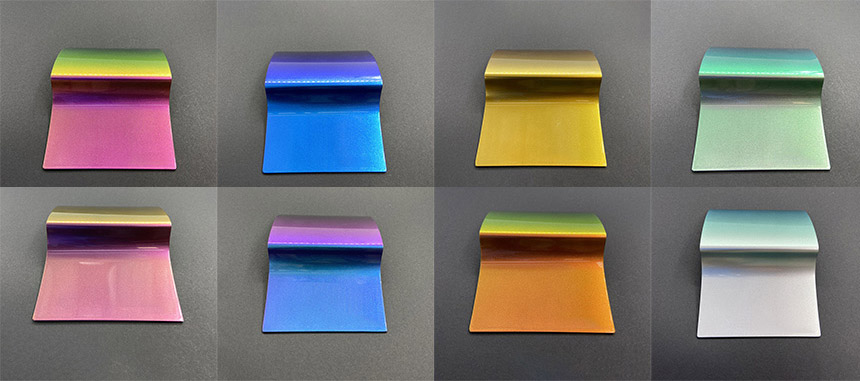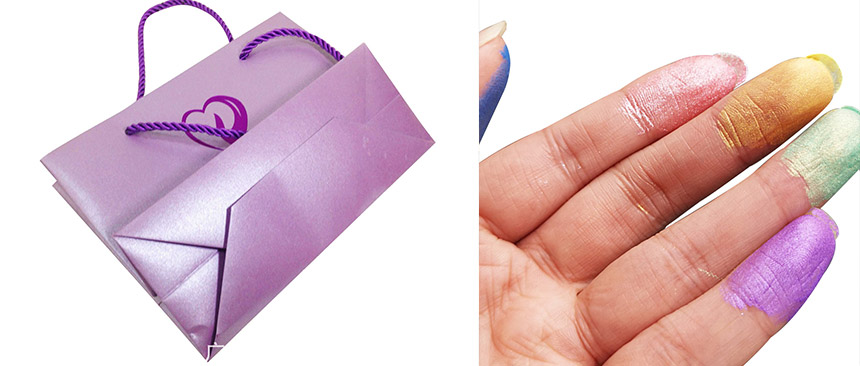categories
recent posts
In the last ten years, we've seen some cool new pigments called optical variable pigments (OVP) hit the market. These special effect pigments are made from layers of different materials that can do something pretty amazing: change color when you look at them from different angles. They're used in things like paints, inks, plastics, makeup, metal surfaces , automotive coating(See Figure 1) and even as anti-fake security pigments. As they've improved over time, they've become even better at creating eye-catching colors.

Figure 1
Optical Variable pigments vs. Pearlescent Pigments
So, how are these optical (optically) variable pigments different from the regular pearlescent pigments we've known for a long time?
1. Regular pearlescent pigments: Well, regular pearlescent pigments(See Figure 2) get their color by bouncing light off thin films of materials with high refractive indexes. They create shiny, mirror-like colors but lose their excellent intensity when you don't look at them straight on. When you see them from different angles, the color change isn't that noticeable. It's like how a red object still looks red when you view it from different angles. These pigments are limited in the colors they can make.

Figure 2
2. Optical Variable pigments (See Figure 3): Optical variable pigments (OVP), on the other hand, create their colors through a different trick. They use the way light bounces between layers of materials with different refractive indexes. Most of them have a layered structure with one high-refractive index layer, one low-refractive index layer, and so on. When you look at these pigments from different angles, the colors can change dramatically. You can see big shifts in colors, from yellow-green to purple, which is something pearlescent pigments can't do as well. The low-refractive index layer is what gives them this special ability to change colors.

Figure 3
The color you see with optical variable pigments depends on two things: the materials used and how thick the layers are. The high-refractive index materials are often metals like aluminum, chromium, or silver, or metal oxides like TiO2 or Fe2O3. The low-refractive index materials are usually SiO2 or MgF2. By controlling how thick these layers are, you can choose the color range and shade. Picking the right materials also affects the colors you can create. To keep the colors consistent, you have to make sure the layer thickness is almost exactly the same, down to a few billionths of a meter!
For more than ten years now, iSuoChem has had high-chroma pigment series, color-changing pigment series (Such as Chameleon pigments, Thermochromic pigments, Photochromic pigments, Water-sensitive pigments, and other Color shifting pigments) around. And there's even something new called borosilicate-based pigments (Chameleon pigment &Optical variable pigment) that are even better. They give you brighter colors, more impact, and they last longer. People use them in all sorts of things, from gadgets to painting cars, making them look super cool and colorful.
previous : What is Pigment yellow (Organic pigment)?
next : What is organic pigment?
the professional team to service !